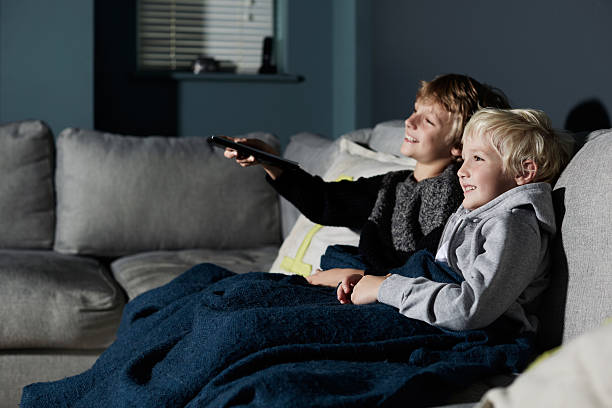Television executives have long maintained that every viewer counts. Never have they taken such a flurry of steps to make sure they can count every viewer.
With audiences becoming consumers of video that streams from a panoply of screens, maneuvers to measure them are becoming commonplace. In recent weeks, local TV stations have declared they intend to stop using traditional ratings to account for viewership of their programming, vowing instead to rely on total viewer impressions, which count all ways a show is consumed, linear or otherwise. Indeed, both NBCUniversal and Hearst have announced that their stations have already made the change, with other groups intending to follow suit between now and 2020. Meanwhile, national TV expects to introduce “out-of-home” audiences — people who watch TV in bars, offices, hotels and the like — into ratings next season.
“Some of our views are here, and some are over here, and some are here,” says Frank Comerford, chief revenue officer and president of commercial operations for NBCU’s owned- and-operated TV stations, referring to the different ways audiences can watch programs. “For
us to really reflect that accurately, we need to count all of those different things.”
Simply put, the systems in place to calibrate couch-potato activity no longer meet the demands of the marketplace, says Jonathan Steuer, chief research officer of Omnicom Media Group, one of the largest buyers of advertising time. “We are piloting interplanetary travel with a tachometer and a speedometer and a steering wheel that only moves 30 degrees in either direction, which isn’t really helpful,” he says.
Television viewership for decades has been determined by Nielsen, which can tell advertisers how many people are watching linearly, and then break that large mass into smaller chunks based on age, gender and other qualifying attributes. In an era when video audiences are migrating to new kinds of consumption of everything from segments on CNN to “This Is Us,” however, the group of people who crowd in front of a big living-room screen has started to dwindle, and the digital sessions sprouting in their place are more difficult to track. That’s prompting networks, stations, media buyers and technology firms to ramp up efforts to provide new kinds of counting metrics.
TV has long offered Madison Avenue the biggest audiences possible — and it still does. Fox, which will broadcast Super Bowl LIV in February, is seeking $5.5 million for a package of inventory tied to the game, a gargantuan price tag. But there’s a growing sense that smaller pockets of viewers can have value as well, if media outlets can carve them out properly.
In these days of multiple screens, some local TV programs don’t generate the audience size that would guarantee a ratings point. And yet, as advertisers use “programmatic” technology and brews of data to find clusters of first-time car buyers, likely moviegoers and expectant mothers, size may matter less — as long as advertisers can put their commercials in front of clusters of viewers more likely to be interested in their pitch.
As for counting out-of-home viewership, the added injection may not pump national ratings back to previous heights, but TV executives expect it to augment daytime and sports programming significantly. Already, Nielsen has estimated that sports programs get approximately 11% of their total audience on average from out-of-home viewing, while 7% of the audiences for news comes from out-of-home venues.
Advertisers will no doubt push back. Is someone who’s watching a TV show in a doctor’s office or perusing the news with the sound off in a restaurant as valuable as someone watching the same program in more traditional fashion? In some cases, TV networks in this year’s upfront market offered more favorable pricing terms to agencies that accepted some out-of-home measures.
To be sure, changes won’t happen with a snap of the fingers. Aside from financial haggling, there are also matters of logistics. Many advertisers — and media buyers — need to rework systems designed to facilitate ad purchases. “The tools have to be built. You have to find money and motivation and software providers to help make that change,” says Omnicom’s Steuer. “You need a couple of dominoes to fall, and you need everybody to say they want it, and then there’s a time lag between when you say you wanted it and when it’s done at your company.”
Source: variety.com

